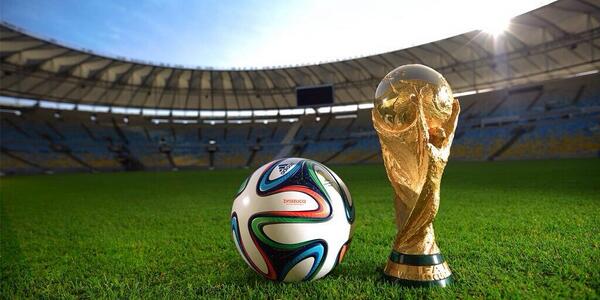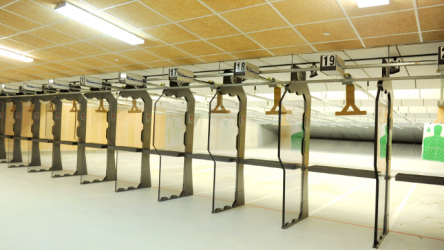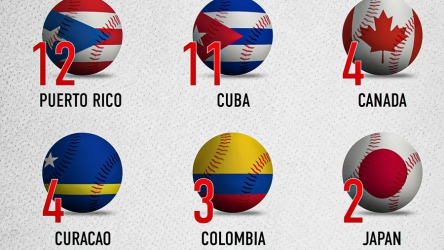
Early attempts to organize a World Cup and emerged in 1905. But it was in 1930 when Uruguay was organized in the first World Tournament. Four years earlier had taken the initiative for a European Cup Czechoslovakia, Hungary, Italy and Austria. The International Football Association (FIFA) picked up the proposal and took the lead in the World Cup.
At the FIFA Congress, held on May 25, 1928 during the Olympic Games in Amsterdam, voted 21 of the 28 Member Associations by the opening of a World Cup. The German Football Federation (DFB) abstained from voting. As Olympic champion in 1924 and 1928, the vote fell to organize the first World Cup in Uruguay, but this decision was linked to a long and expensive trip by boat to European participants.
Uruguayans promised to pay the passage of boat and accommodations. The June 21, 1930 cast off a boat in Barcelona with selections from France, Romania and Belgium aboard. On July 13 opened the first World Cup finals. The German Association had not submitted any national team for cost reasons and because of the long absence of most of their jobs.
In 1934 in the second World Cup in Italy, Uruguay, the first world champion, resigned due to several complaints to defend the title. In 1938 in France, the defending champions, Italy and France, participated for the first time without qualification in the final round of the World Cup finals. They included 15 of 16 qualified teams. Austria became part of the German Empire. The pan-German Empire team coach Sepp Herberger, five out six German and Austrian.
Since World War II, the FIFA World Cups in 1942, which was to be held in Germany, and 1946 were canceled.’s June 24, 1950 13 teams met in the World Cup in Brazil. Germany was “banned” from the World Cup 1950 and the Olympic Games of 1948 and 1952. Participate only returned to a German team from the World Cup 1954 in Switzerland. Take the title of the World Cup by Fritz Walter and his colleagues was the most successful German sports scores. The country and its citizens, leaving the insulation finished nine years after the end of the war, they collated deep feelings and sensations with the final victory (3:2) against Hungary in Bern.
Four years later, the World Cup was held in Sweden. With this World Cup, in which 53 countries participated qualification, football will become a TV sport. Viewers around the world experienced a new kind of football, who celebrated with a miraculous Brazilian player named Pele, just turned 17. The Brazilians were called magicians Sugarloaf and also players Samba due to their technical ability of play, two concepts that are still assigned after winning for the fifth time the title in the final of the World Cup of 2002.
The FIFA World Cup 1962 in Chile was considered from the point of technically and financially as a setback, because it was not possible live television transmissions. With this tournament began switching between broadcasts of the World Cup between America and Europe, which was only interrupted in 2002. In America always dominated the South American and the tournaments held in the “old continent” teams were European teams who took the title. Already in the 17 World Cup 2002, FIFA risked the experiment also consider other continents. It was first awarded to Asia (Japan and South Korea) holding the World Cup. In the first five World Cups from 1930 to 1950, host countries and FIFA were happy with having enough participating countries. In the next five tournaments late 1954-1970 the figure was 16 teams. Beginning in 1982 were 24 participants in 1998 was increased to 32, with a favorable play in tournament mode certainly endure many years.







